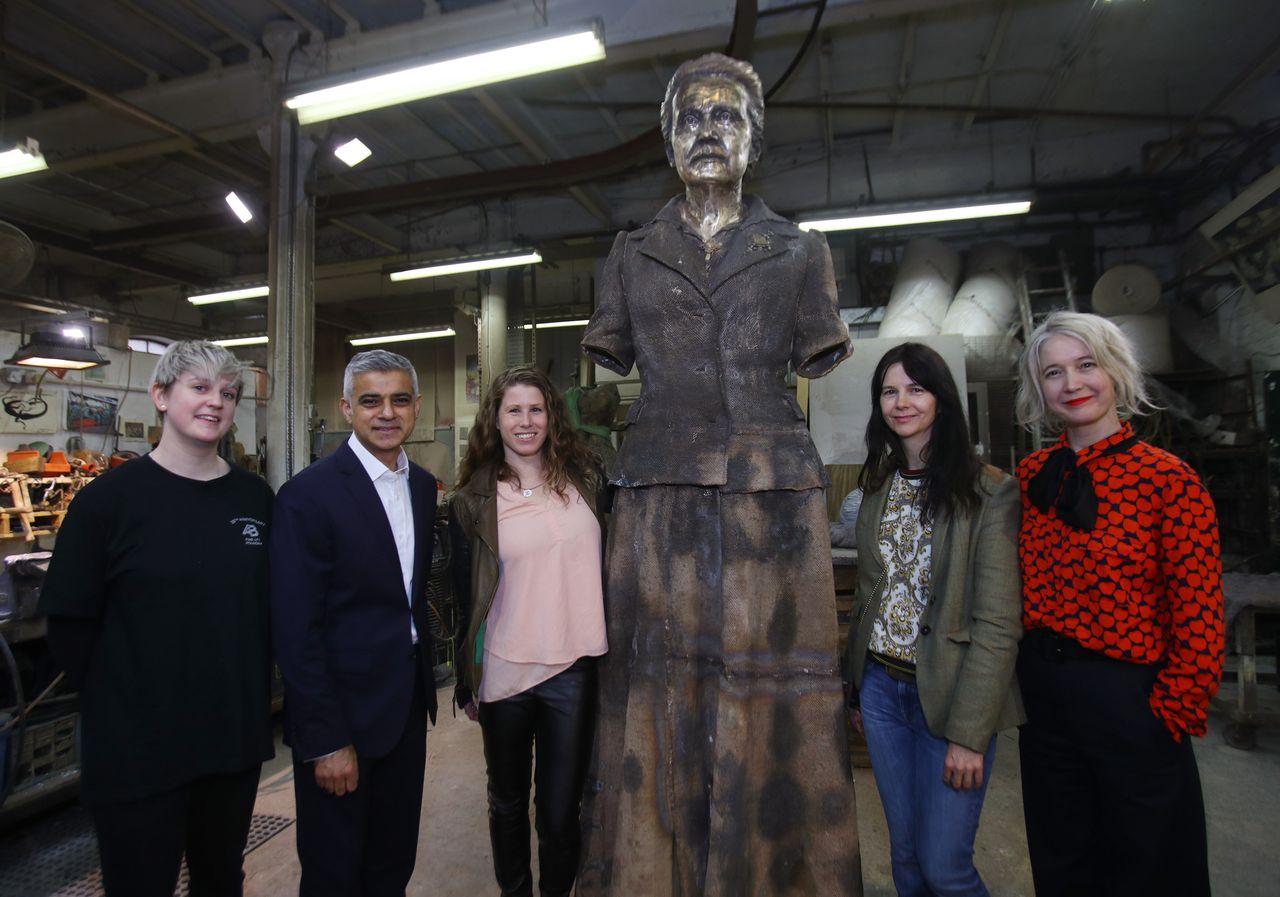One hundred years after some women were granted the right to vote, suffragist leader Millicent Fawcett will today become the first woman ever to be honoured with a statue in Westminster’s iconic Parliament Square.
The president of the National Union of Women’s Suffrage Societies (NUWSS) for more than 20 years, constitutional campaigner Fawcett worked tirelessly in the fight for women’s equality.
Her effigy - which will sit between statues of Benjamin Disraeli and Edward Smith-Stanley, the 14th Earl of Derby - has been designed by Turner Prize-winning artist Gillian Wearing and will be unveiled on Tuesday morning.
The bronze figure will show a 50-year-old Fawcett holding a placard reading “Courage calls to courage everywhere” - a quote taken from the speech she gave after the death of suffragette Emily Wilding Davison, who was trampled by the king’s horse at the Epsom Derby.
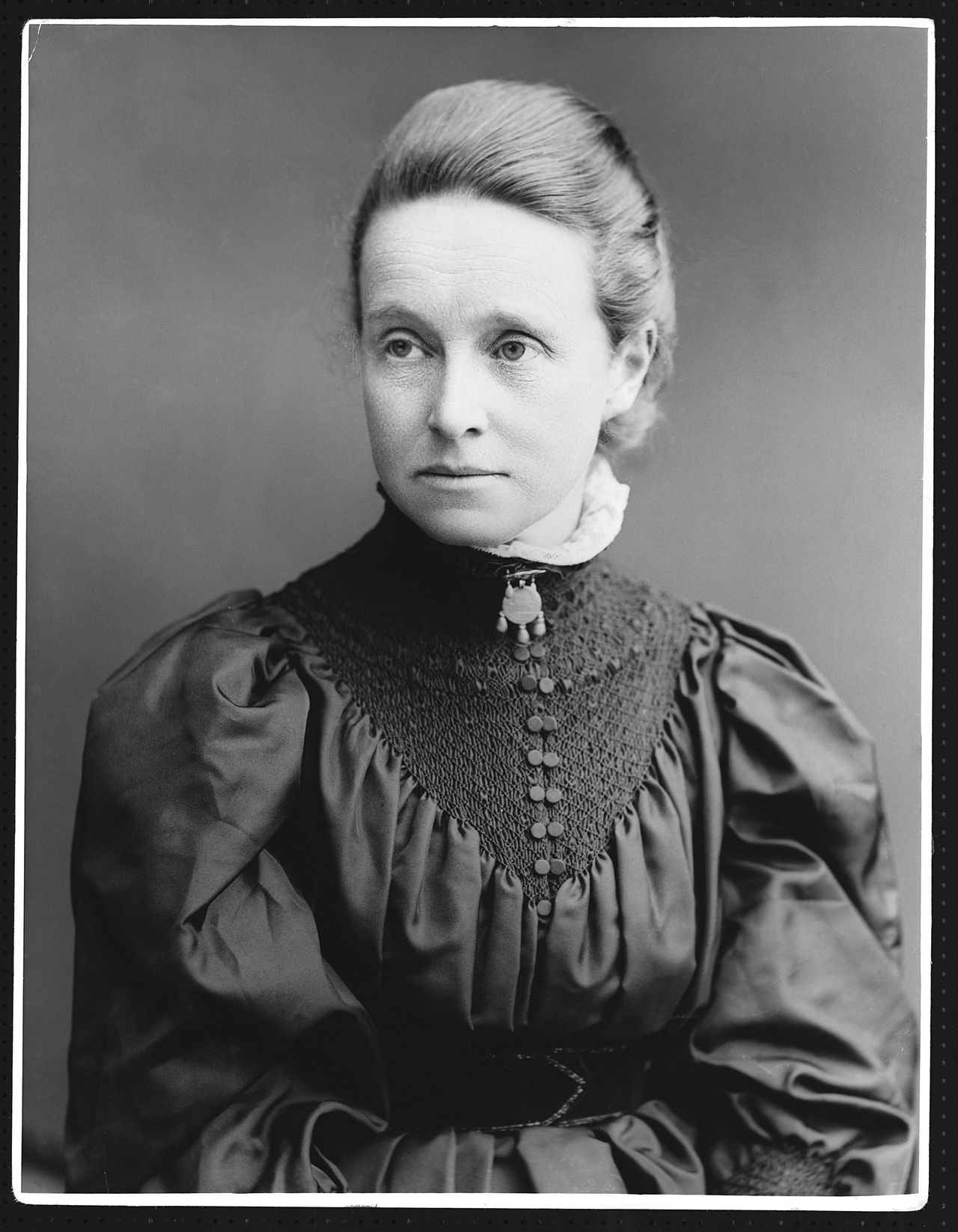
The plinth will feature the names of 59 other supporters in the fight for universal suffrage, with unsung heroes honoured next to the likes of Davison and Emily Pankhurst.
Writing in the Evening Standard, Theresa May - only the UK’s second female prime minister - said it was “right and proper” that Fawcett will become the first woman commemorated in Parliament Square.
Meanwhile, Caroline Criado Perez, who started the campaign, said the statue was an “important first step”.
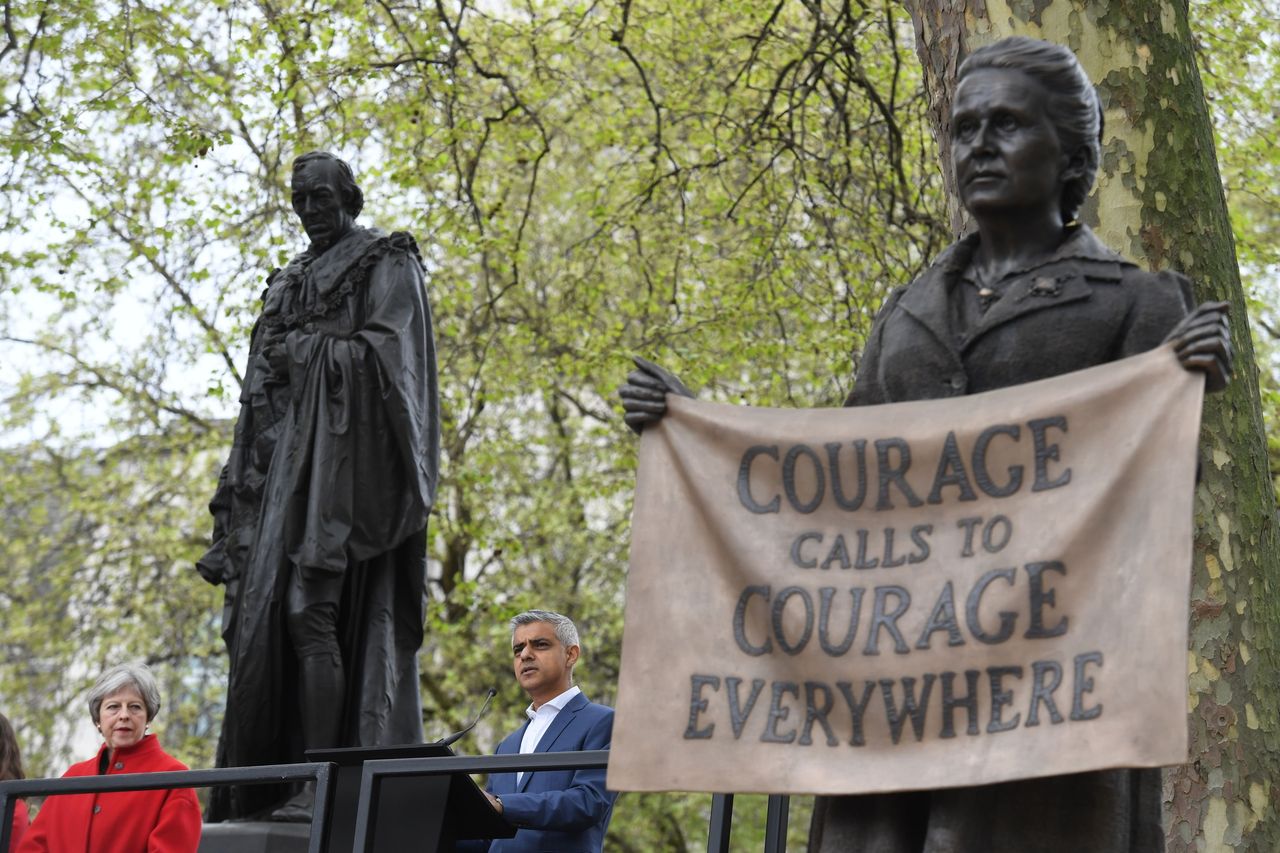
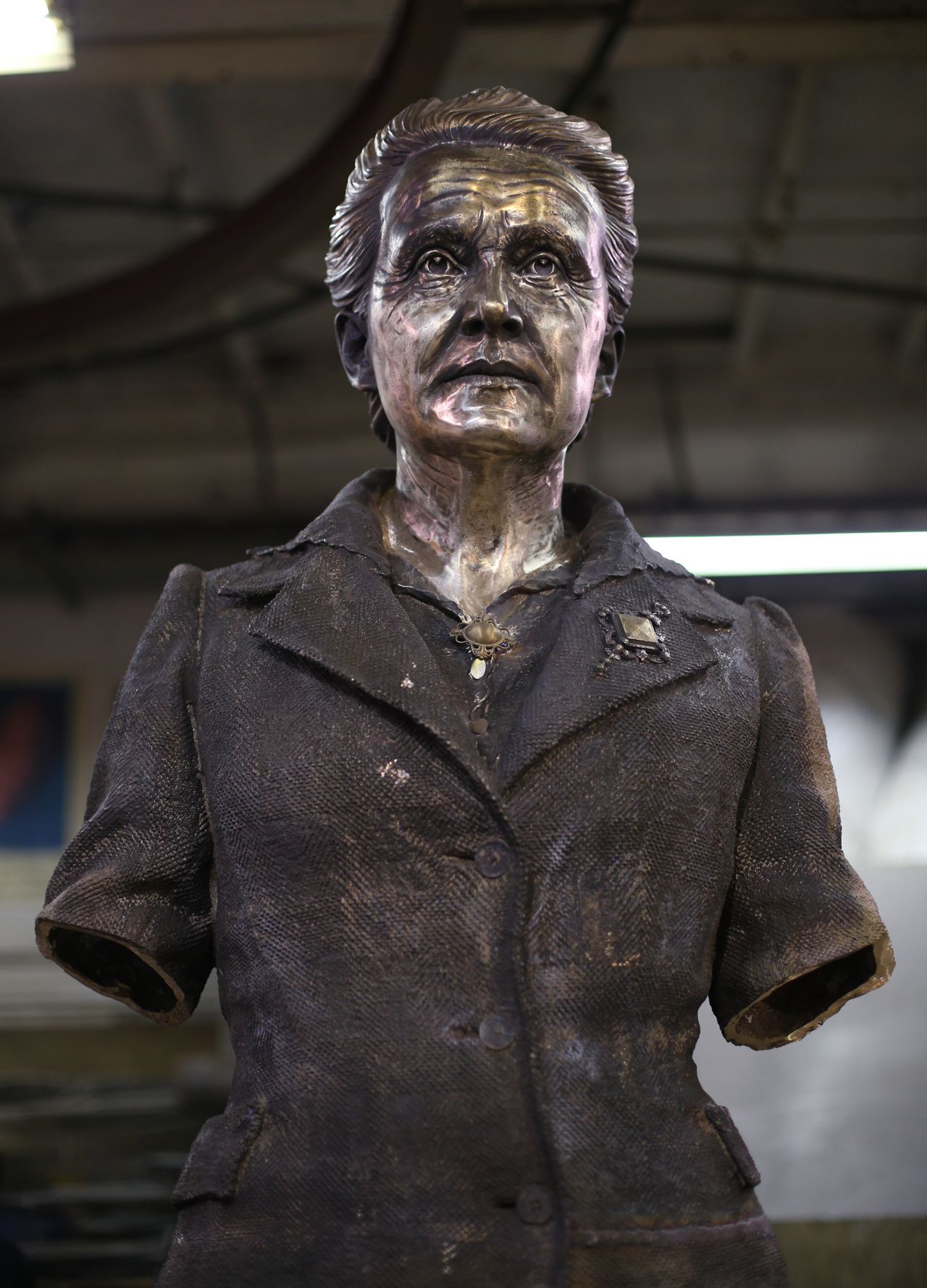
The activist - who is also responsible for helping put Jane Austen on British bank notes - started the action after running through the square on International Women’s Day in 2016.
“I noticed that all the statues were of men,” Criado Perez told HuffPost UK.
“I was incredibly shocked - I just felt like this is such a high-profile iconic space - how is it that this has been allowed to continue without someone doing something about it?”
After sifting through records with dogged determination, she discovered that just 2.7% of statues in the UK are of “historical, non-royal” - women who have been memorialised for their achievements.
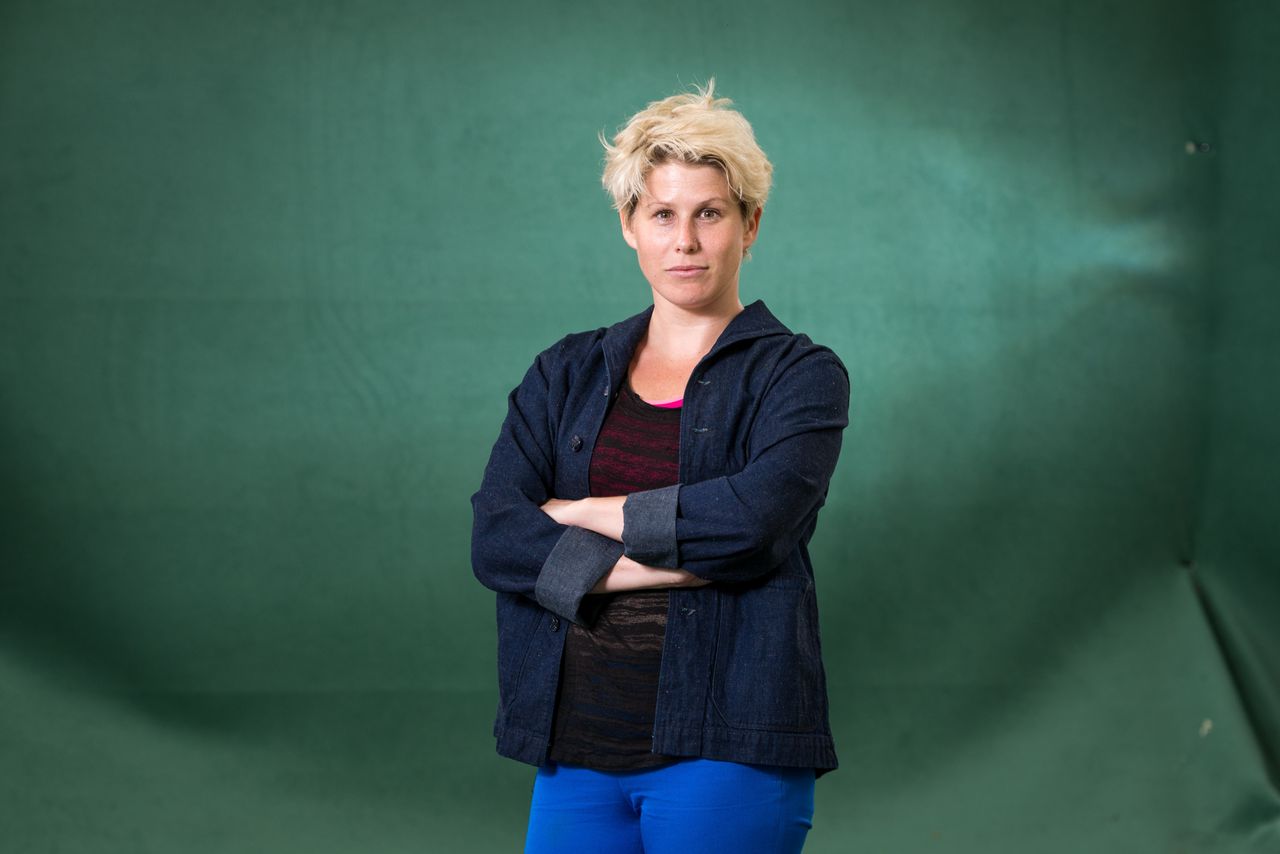
“It’s shocking,” she said. “That does not accurately reflect history.”
“I know from personal experience that this does have an impact on how women see themselves. Even in my mid-20s, I thought of my gender, my womanhood, as an obstacle I had to overcome in order to be the kind of person I wanted to be.”
Criado Perez hopes the statue will spark discussions about women’s suffrage, especially among young people. But she is realistic about the figure’s impact.
“Yes, it’s an important statue” she said. “Yes, it’s in a key place and it’s started an important debate, but it’s still only one female statue and 11 male ones. It’s still ridiculously skewed.”
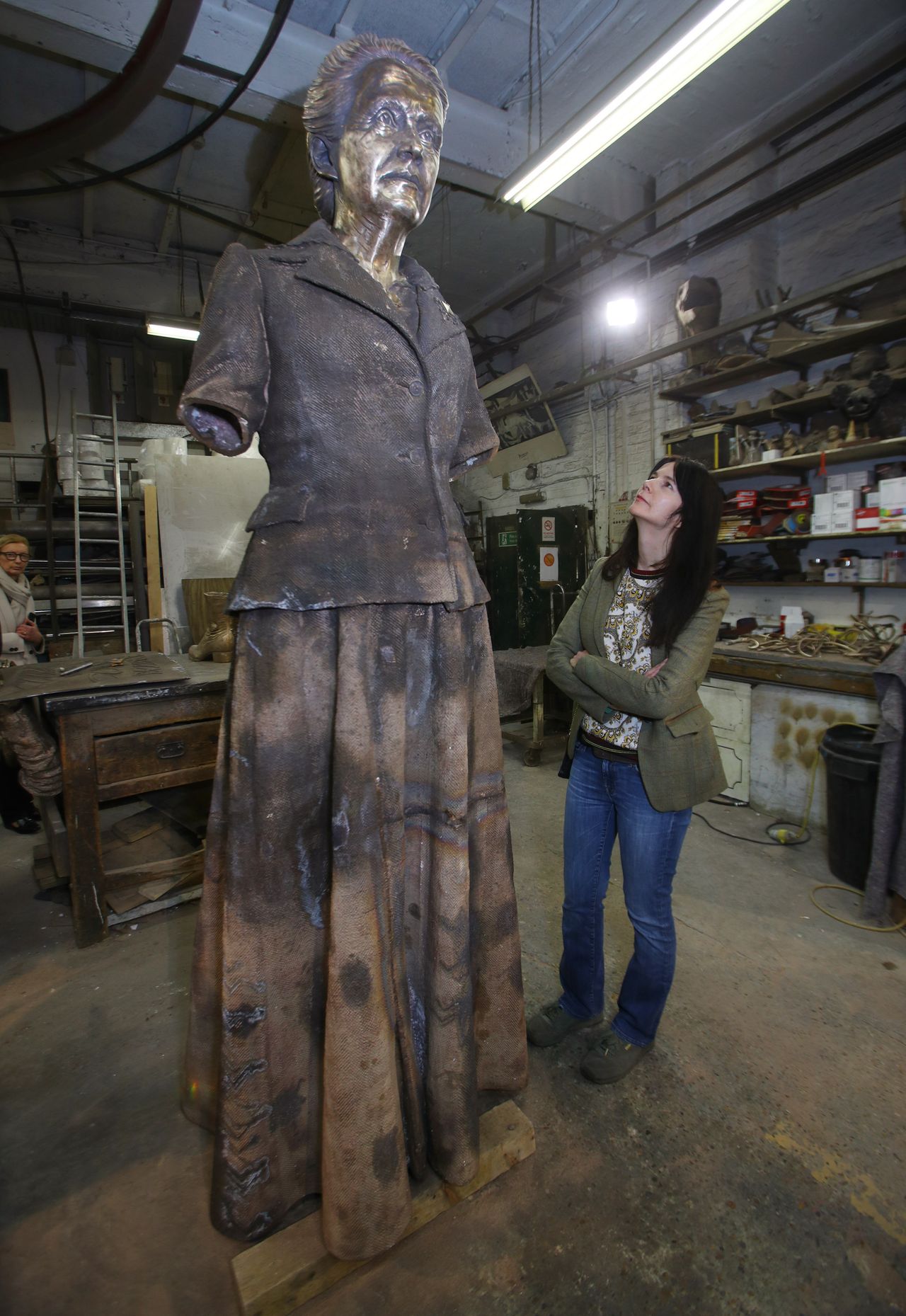
Sam Smethers, chief executive of gender equality charity the Fawcett Society said there was a long way to go before parity is achieved.
“It’s a moment when we are celebrating the first women’s statue in Parliament Square, which is a very important occasion, a very important milestone, but it’s also shows in some ways how things have changed that we haven’t had a woman in Parliament Square until now,” she said.
“To really improve women’s lives today and tomorrow, we need to get more women into positions of power.”
Who Are The Campaigners Honoured On The Statue?
Louisa Garrett Anderson

As the daughter of medical pioneer Elizabeth Garrett Anderson - the first woman to openly qualify as a physician and a surgeon - and the niece of Millicent Fawcett, Louisa Garrett Anderson’s achievements could easily be overlooked among her trailblazing family.
But the doctor, born in 1873, more than earned her place on the statue. The founder of the Women’s Hospital Corps and the chief surgeon of Endell Street Military Hospital - which was entirely run and staffed by women - Garrett Anderson was one of few female doctors to lend her support of the suffrage campaign through high-profile action.
In 1912, she was sentenced to six weeks in Holloway Prison for her involvement in the Women’s Social and Political Union’s (WSPU) window-smashing campaign.
Rosa May Billinghurst
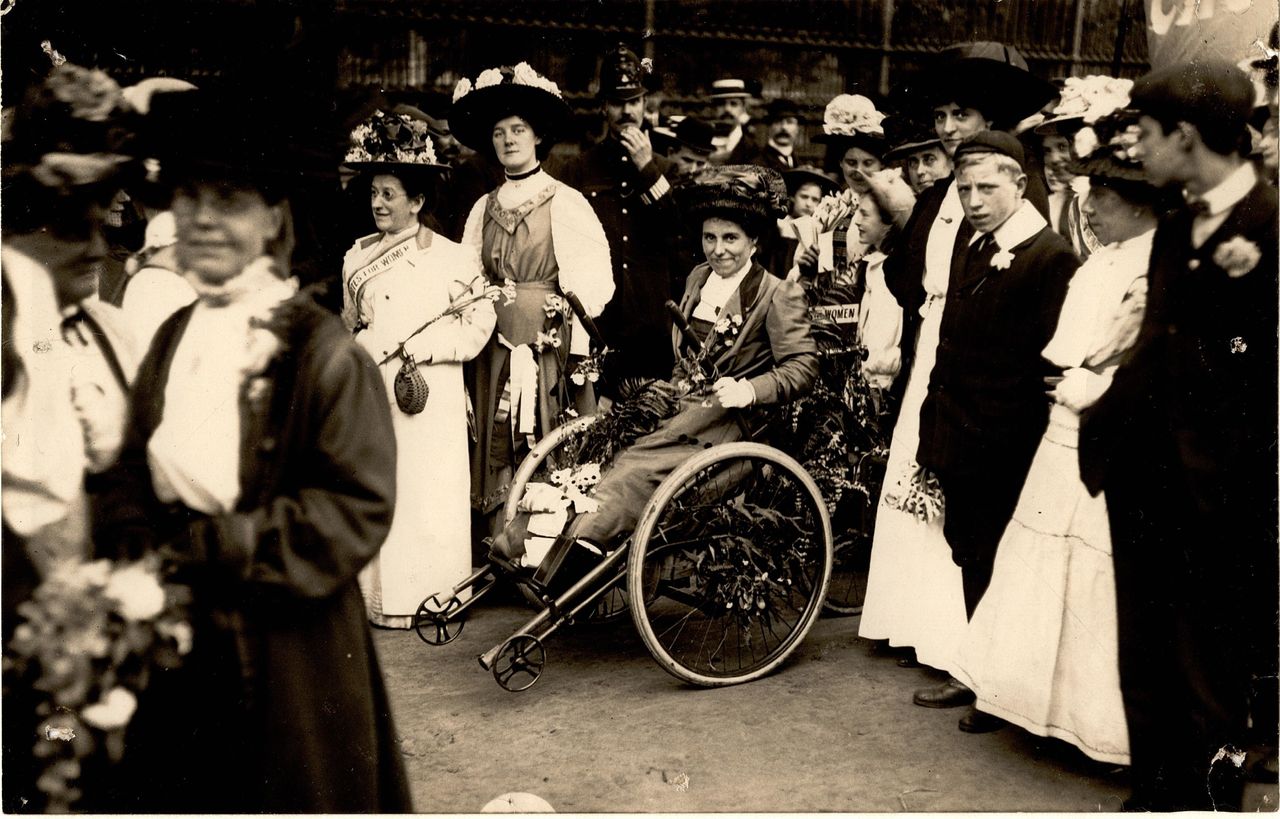
Images of disabled activist Rosa May Billinghurst attending marches in an adapted tricycle are some of the most iconic from the suffrage campaign.
Left unable to walk after suffering from polio during childhood, Billinghurst was quickly dubbed the ‘cripple suffragette’ by the press in her fight for equality.
Also a member of the militant WSPU, she was repeatedly arrested over her involvement in the campaign. In a striking account of ‘Black Friday’ in 1910, Billinghurst described how she was thrown out of her tricycle by police “in a very brutal manner” before her arms were forced behind her back.
In 1912, she was ordered to serve eight months in prison, where was subjected to force-feeding. Billinghurst died in 1953, aged 78.
Sophia Duleep Singh
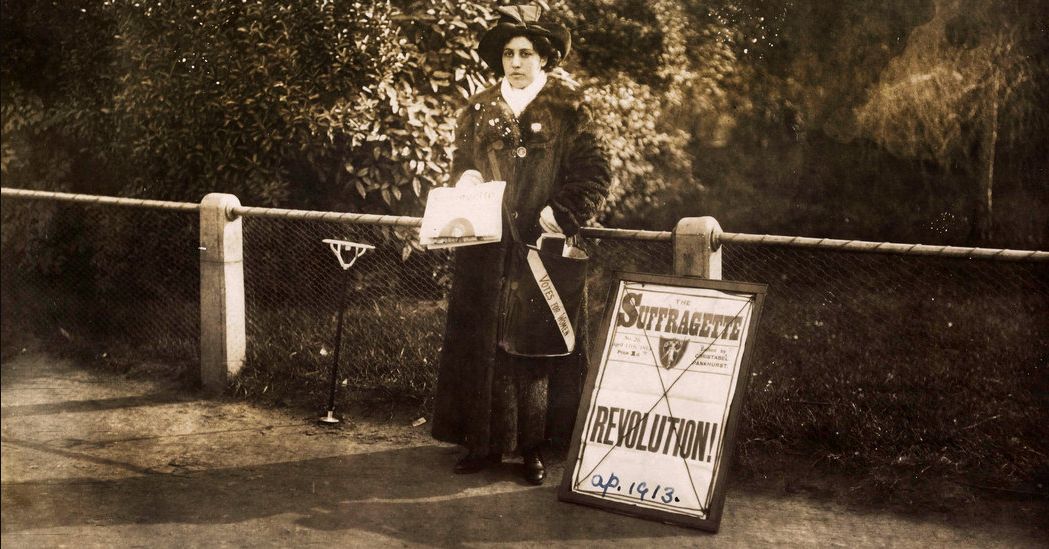
An Indian princess who was debuted at Buckingham Palace as the god-daughter of Queen Victoria, Sophia Duleep Singh (1876-1948) was an unlikely candidate to become a militant suffragette.
But despite her luxurious circumstances, living in Hampton Court Green’s Faraday House as a grace and favour resident of the monarch, Duleep Singh was ardent in her beliefs.
Not only did she lead a 400 strong demonstration to Parliament with Emmeline Pankhurst, but she was an active member of the Tax Resistance League, refusing to pay taxes on the basis that women should not have to while they did not have the right to vote.
